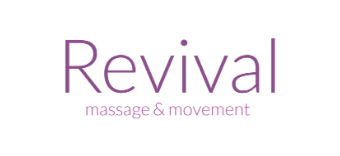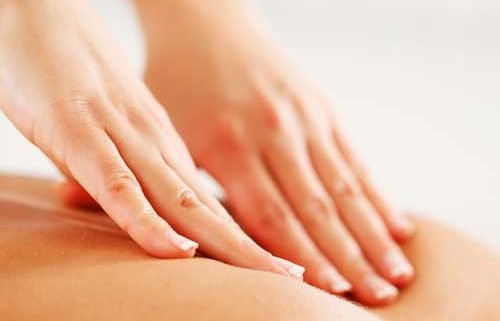Massage Eases Lower Back Pain
Adults with chronic low-back pain found relief from massage therapy, according to a research study. Massage eased pain, reduced depression and anxiety, and improved sleep and range of motion.
The study, “Lower Back Pain is Reduced and Range of Motion Increased After Massage Therapy,” was completed in January 2000 by the Touch Research Institute in conjunction with the University of Miami School of Medicine and Iris Burman of Educating Hands, and was first published in the International Journal of Neuroscience.
Twenty-four adults who had experienced low-back pain for at least six months were randomly assigned to either a massage therapy group or a relaxation therapy group. The massage therapy group received twice-weekly, 30-minute massages for five weeks. Starting in the prone position, the following techniques were used: kneading and pressing the back muscles, stroking both sides of the spine and hips, gliding strokes to the legs, and kneading and pressing the thighs. Continuing in the supine position, participants received: gliding strokes to the neck and abdomen, kneading of the rectus and oblique muscles that help bend the trunk of the body forward, stroking of the legs, kneading of the anterior thighs, flexing of the thighs and knees, and gentle pulling on both legs.
Those in the relaxation group were instructed in progressive muscle relaxation techniques to tense and relax muscles in the feet, calves, thighs, hands, arms, back and face. Participants performed these exercises at home twice weekly for 30 minutes. Assessments taken before and after the first and last sessions included: the Profile of Mood States Depression Scale to rate depression; the State Anxiety Inventory to rate feelings at the present moment; the McGill Pain Questionnaire to measure pain; the Visual Analogue Scale to measure present level of pain; the Range of Motion Measures test to rate the level of ability to bend; a Symptom Checklist-90 Revised to measure moods; a sleep scale to measure quality of sleep; and urine samples to measure levels of the stress hormone cortisol, serotonin and catecholamines (amino acid derivatives that affect the nervous system, cardiovascular system, metabolic rate, temperature and muscles).
Results showed that both groups experienced a decrease in stress and long-term pain, but only the massage group experienced less pain directly after the session, fewer depressive symptoms, better sleep, improved range of motion and an increase in serotonin and the catecholamine dopamine biochemical levels. “The findings from the present study are compelling and if the effects can be replicated and persist, these data suggest that massage therapy effectively reduces pain, positively impacts on the biochemical system, and attenuates psychological symptoms associated with lower back pain,” the study authors wrote. The authors also wrote that future studies might “examine the impact of massage therapy on job productivity and absenteeism for individuals with chronic low back problems.”
– Source:Touch Research Institute. Originally reported in International Journal of Neuroscience, 2001, Vol. 106, pp. 131-145.




Leave a Reply
Want to join the discussion?Feel free to contribute!